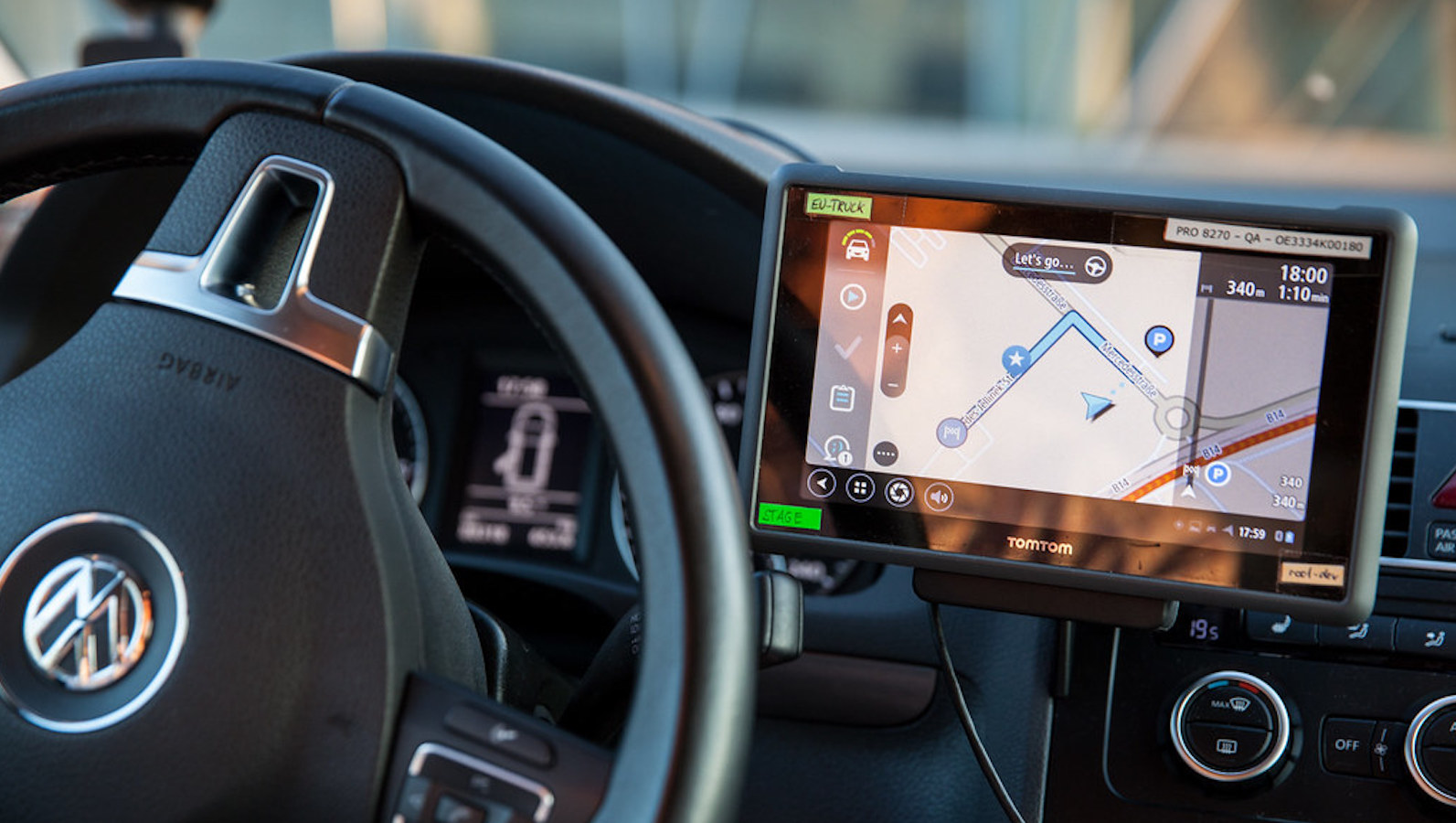In an era in which smartphones have become essential tools in daily lives, there has been a surge in the preference for mobile channels — particularly mobile apps. Whether for checking the weather, reading news, scrolling social media, ordering food or managing an insurance policy, there's an app for nearly everything.
Consider this: 97% of Americans now own a smartphone. The average smartphone user spends four hours on their device daily, and nearly 90% of that time is spent using mobile apps.
Mobile apps are typically designed with a mobile-first focus, optimizing the screen size, menus and overall user experience for the device. Developers can seamlessly integrate device-specific features like the camera, push notifications and geolocation services, which are particularly useful for auto and property insurance policyholders. This allows for an interactive policyholder experience and instant access to actions like capturing photos of damage, uploading claims documents, receiving essential updates or reminders and accessing location-based services such as nearby gas prices.
Today, mobile apps are the primary delivery channel for many financial services providers, including banks and brokerages. Yet among insurance carriers, the degree of sophistication and access to fundamental mobile apps and features varies significantly. Insurance carriers can improve customer engagement, satisfaction and retention by addressing these gaps.
Here is how insurance carriers can improve their mobile apps:
1. Support all core servicing capabilities. It is essential to ensure that policyholders have mobile app access to all key aspects of policy information and servicing, particularly the ability to initiate claims and submit photos for damage assessments. Only 50% of insurance carriers currently enable policyholders to initiate claims using their mobile apps.
Additionally, offering existing policyholders the option to receive quotes for new coverage directly within an app can increase convenience, while support features like contact numbers, chat options and messaging capabilities provide quick assistance.
2. Accelerate access to critical tasks and information. Speeding mobile app access to features like customer support, payments or claims filing — either by not requiring login or by transferring policyholders directly to the desired information or task — can expedite actions and enhance efficiency. About 92% of carriers' apps provide unauthenticated access to some key services, with customer support being the most common.
More than 40% also offer shortcuts from the device home screen to minimize navigation. Biometric login or alternatives such as PINs can support quick and secure mobile app access when authentication is essential.
3. Integrate value-added features. Incorporating supplemental app features can generate recurring app usage while building policyholder engagement and satisfaction. One-third of carriers offer telematics tools within their primary servicing app, enabling users to monitor and manage safe driving behaviors and use options like accident detection, roadside assistance and claims initiation. Integrating other third-party capabilities like vehicle maintenance reminders or parking locators, currently offered by 25% of carriers, can enhance the overall utility of an app.
4. Assemble important educational content. Building a library of informative content that's accessible from within an app can reduce customer service inquiries, convey important product and servicing information and support relevant insights. Videos are particularly well suited for mobile viewing, yet only 42% of carriers currently provide videos within their apps.
While centralized access to educational content has become relatively mainstream within websites and via mobile browsers, few carriers supply similar resources within their mobile apps.
5. Enable access for consumers and small businesses. Today, only half of the 10 largest U.S. small-business insurers offer single sign-on access to personal and small-business policies via mobile. Yet many small-business owners acquire both their personal and small-business policies from the same firm.
Mobile apps that support single sign-on for managing both account types can improve usability and satisfaction among small-business owners.
6. Continuously evaluate and improve. Frequent updates and feature enhancements can help maintain user interest and ensure that an app evolves with policyholder needs and market developments. Insurance carriers should regularly evaluate their apps' capabilities, assess emerging technologies and use feedback collected in-app and through app store reviews or surveys.
Regular updates for bug fixes and new features can keep an app both relevant and user-friendly.
By focusing on mobile app capabilities, insurance carriers can create tools that meet the evolving needs of consumers while improving policyholder engagement.







